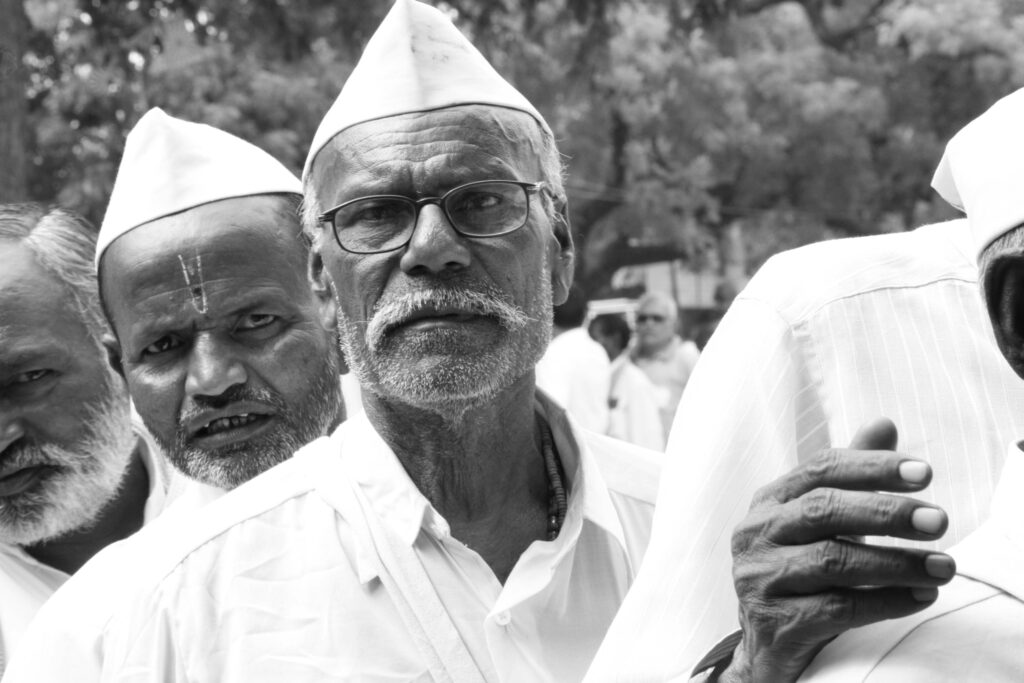The Stand Up India Scheme is a flagship initiative of the Government of India aimed at promoting entrepreneurship among women and members of the Scheduled Castes (SCs) and Scheduled Tribes (STs). Launched on 5th April 2016, this scheme plays a significant role in fostering inclusive economic growth by facilitating bank loans for the establishment of greenfield enterprises. It forms a critical part of India’s broader financial inclusion and socio-economic empowerment strategy.

Objectives of Stand Up India Scheme
The Stand Up India Scheme has the following core objectives:
- Facilitate bank loans between ₹10 lakh and ₹1 crore to at least one SC/ST borrower and one woman borrower per bank branch.
- Encourage greenfield enterprises in manufacturing, services, trading, or agri-allied sectors.
- Promote financial inclusion by integrating underrepresented sections into the mainstream economy.
- Support job creation and self-employment at the grassroots level.
Salient Features of the Stand Up India Scheme
- Loan Range: ₹10 lakh to ₹1 crore
- Beneficiaries: SC/ST and women entrepreneurs
- Type of Enterprise: Greenfield only (first-time ventures)
- Nature of Loan: Composite loan inclusive of term loan and working capital
- Repayment Period: Up to 7 years with a maximum moratorium period of 18 months
- Coverage: All branches of Scheduled Commercial Banks
- Collateral: Credit Guarantee Fund Scheme for Stand Up India Loans (CGFSIL) through the National Credit Guarantee Trustee Company (NCGTC)
Eligibility Criteria for Stand Up India Scheme
To be eligible under the Stand Up India Scheme, the following conditions must be met:
- Category: The borrower must be a woman or belong to SC/ST communities.
- Type of Business: The business must be a greenfield project, i.e., the first-time venture of the beneficiary.
- Enterprise Form: Can be a proprietary firm, partnership firm, or private limited company.
- Shareholding: In case of non-individual enterprises, at least 51% of the shareholding and controlling stake must be held by either an SC/ST or woman entrepreneur.
Structure of Financial Support
The scheme provides composite loans, which include:
- Term Loan for capital investment (machinery, land, construction, etc.)
- Working Capital Loan for operational expenses (raw materials, inventory, wages)
The loan is structured such that:
- Up to 75% of the total project cost is financed through the bank loan.
- Borrower’s own contribution should be at least 10% of the project cost.
- This contribution may be supported through State or Central government schemes as subsidy or margin support.
Implementing Agencies
The Stand Up India Scheme is implemented by:
- Scheduled Commercial Banks: All branches are required to provide support to at least one SC/ST and one woman entrepreneur.
- SIDBI (Small Industries Development Bank of India): Acts as a nodal agency for overseeing the implementation and development of digital platforms.
- National Credit Guarantee Trustee Company (NCGTC): Provides guarantee coverage under CGFSIL.
Support Services
To ensure the success of borrowers under this scheme, various handholding support services are offered:
- Pre-loan training and project report preparation
- Skill development training in collaboration with skill development agencies
- Financial literacy and credit counselling
- Market linkage and mentoring support
These services are coordinated through:
- Stand Up Connect Centres
- SIDBI’s online portal (www.standupmitra.in)
- Lead District Managers and designated bank officers
Online Platform: www.standupmitra.in
The Stand Up Mitra Portal, developed by SIDBI, acts as a single-window digital interface for:
- Registration and application tracking
- Handholding and guidance from approved agencies
- Credit counselling
- Training and mentoring resources
- Mapping of bank branches and service providers
The portal enables direct interaction between beneficiaries, lenders, and facilitators.
Sectoral Coverage
The scheme supports new businesses in the following sectors:
- Manufacturing: Agro-processing, textiles, handicrafts, metal works, food processing, etc.
- Services: IT services, repair workshops, tourism, retail, transport, etc.
- Trading: Retail and wholesale trade, online businesses
- Agri-allied Activities: Dairy, poultry, fisheries, etc. (not core agriculture)
Performance and Achievements
Since its launch in 2016, the Stand Up India Scheme has shown significant progress:
- Over 1.5 lakh loans sanctioned as per latest data
- More than 80% beneficiaries are women
- Major uptake in states like Uttar Pradesh, Maharashtra, Tamil Nadu, and Gujarat
- High participation in sectors like retail, services, and agri-allied activities
The scheme has played a transformative role in empowering marginalized communities, especially in semi-urban and rural India.
Challenges in Implementation
While the scheme has made a positive impact, it faces the following challenges:
- Awareness Gap: Many potential beneficiaries remain unaware of the scheme.
- Documentation Burden: First-time entrepreneurs may find loan paperwork complex.
- Access to Training: Limited handholding support in remote and backward regions.
- Credit Appraisal Delays: Procedural delays in loan sanctioning at bank levels.
To address these issues, the government is expanding digital outreach, integrating the scheme with other support programs, and strengthening district-level facilitation.
Convergence with Other Initiatives
Stand Up India complements several other central schemes:
- Startup India: For innovation-driven businesses
- Pradhan Mantri Mudra Yojana (PMMY): For micro-enterprises with loans below ₹10 lakh
- Skill India Mission: For capacity building through training
- Digital India: For supporting technology-driven startups
- Make in India: For promoting manufacturing and self-reliance
Together, these initiatives aim to boost entrepreneurship as a national movement.
Summary of Key Features
| Feature | Description |
|---|---|
| Launch Year | 2016 |
| Target Group | SC/ST and Women Entrepreneurs |
| Loan Range | ₹10 lakh to ₹1 crore |
| Type of Loan | Composite (term + working capital) |
| Collateral | Covered under Credit Guarantee |
| Repayment | Up to 7 years with 18-month moratorium |
| Implementation | Scheduled Banks, SIDBI, NCGTC |
| Sectors Covered | Manufacturing, Services, Trading, Agri-allied |
The Stand Up India Scheme stands as a vital pillar in the government’s larger vision of promoting inclusive entrepreneurship, self-reliance, and economic empowerment. By addressing both financial and non-financial barriers to enterprise creation, it paves the way for first-generation entrepreneurs to contribute actively to India’s growth story.
Related Schemes:
NIPUN; PMKVY; etc. Other Schemes
#Class12Economics #ClassXIIMacro #DesignLinkedIncentivesScheme #DLIScheme #EconomicsforUPSC #GovernmentBudgetClass12 #JalJeevanMission #Meity #MinistryofAgricultureSchemes #MinistryofCommerce #MinistryofEducation #MinistryofJalShakti #MissionSUJALAM #MoA&FWSchemes #MODIGovt3.0 #MoneyMultiplier #MoNRE #MoPNG #NamamiGange #NIPUNBharatMission #PLIScheme #PMAwasYojana #PMBhartiyaJanaushadhiPariyojana #PMDeVINEScheme #PMGATISHAKTI #PMKISAN #PMKUSUM #PMKVY #PMMatsyaSampada #PMMatsyaSampadaSchemeUPSC #PMSHRI #PMSHRIScheme #PMSuryaGharMuftBijliYojana #PMSVAMITVASCHEME #ProductionLinkedScheme #RashtriyaGokulMission #SAKSHAMScheme #SamagraShikshaScheme #SamagraShikshaScheme2.0 #SamagraShikshaYojana #SC/STSchemes #StandUpIndia #UTPRERAK #UtprerakScheme #VidyanjaliScheme


